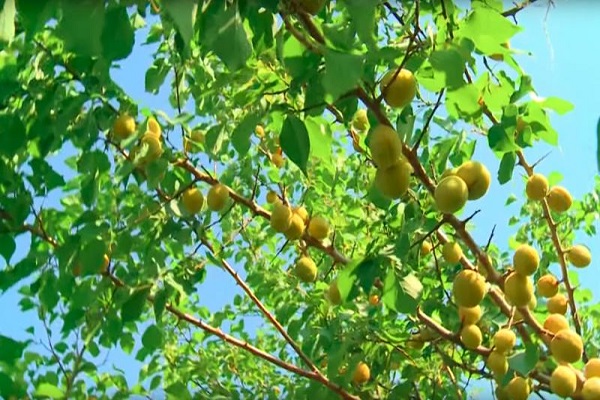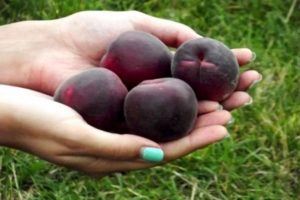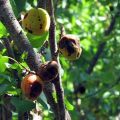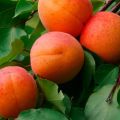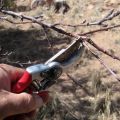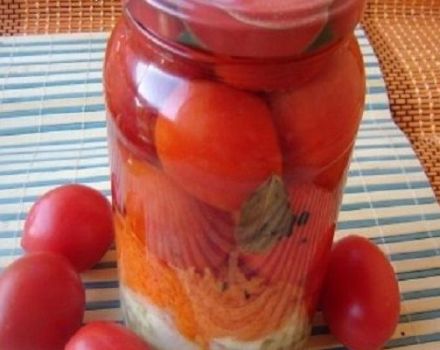Description of the variety of apricots Kichiginsky, cultivation, planting and care
In the variety of fruit trees, it can be difficult to choose exactly the one that will delight the gardener and bring a delicious harvest. Few look towards the apricot, because it is known that this culture bears fruit well only in warmth and does not tolerate cold months. But breeders are confidently moving forward in their developments. Thanks to their work, the Kichiginsky apricot has been cultivated in the Urals for a long time.
The history of the Kichiginsky variety
By the end of the 20th century at the Chelyabinsk Institute of Horticulture, breeders bred a new fruit crop by crossing two apricots - Siberian and Manchurian. This is how the Kichiginsky variety appeared, which is characterized by increased resistance to frost.
The authors are K. K. Mullayanov and A. E. Pankratova. Their variety of apricots has passed all the tests and was recorded in the register in the Urals in 1999.
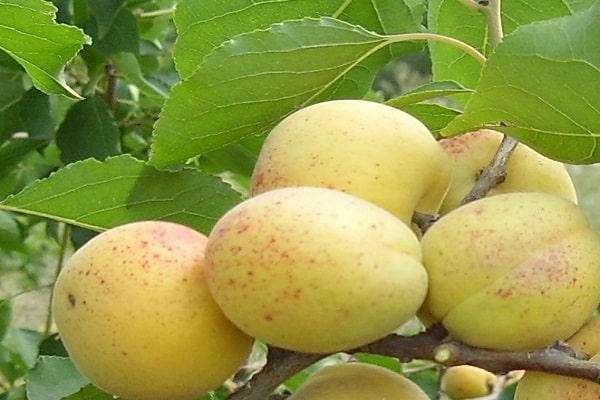
Description
The trees of the Kichiginsky apricot variety are medium-sized, their height is 3.5-5 m. The shoots are straight, the crown is well formed.
The fruits grow round and even. Color - yellow, weight from 13 to 15 grams. Each fruit has an easily detachable kernel, which makes it easy to use apricots in processing.
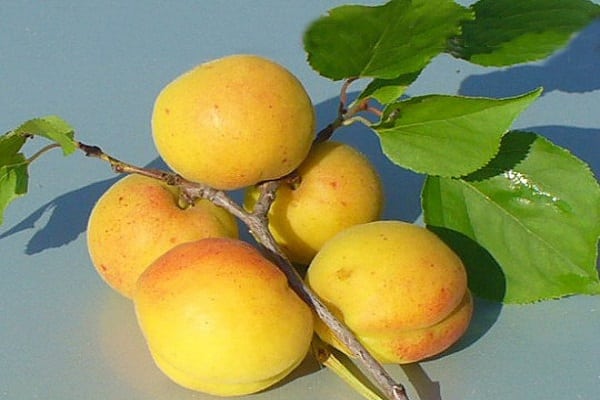
The description of the variety says the following about the pulp of the fruit:
- density and juiciness at a high level;
- the share of sugar is 6.3%, organic acids - 2.3%;
- the taste is sweet and sour;
- there is no bitterness;
- tasting score - 4.5 points out of 5.
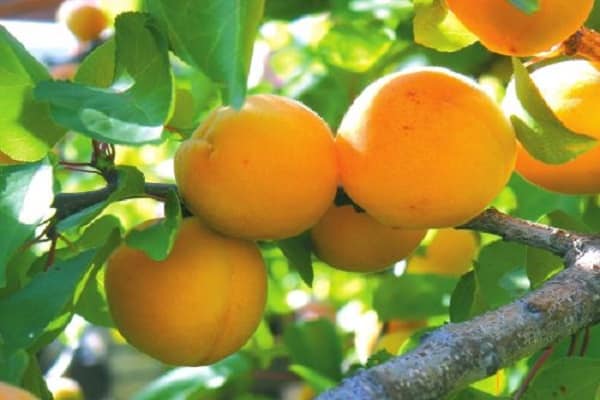
Advantages and disadvantages of the variety
The main advantages of Kichiginsky apricot are the following:
- increased level of winter hardiness;
- a bountiful harvest;
- long distance transportation.
The negative aspects include the small size of the fruits, as well as self-fertility in the case of a single planting.
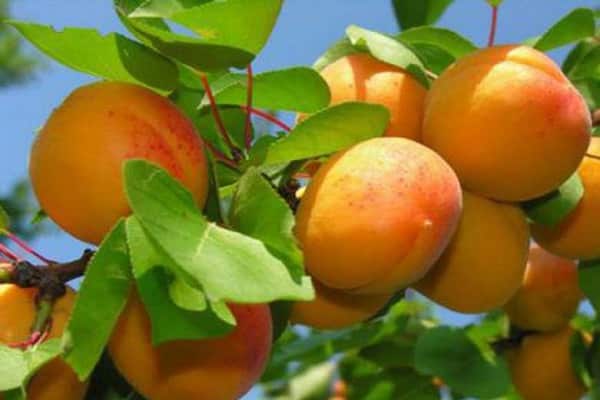
Specifications
Apricot Kichiginsky has several amazing properties that deserve a detailed description.
Drought resistance, winter hardiness
The variety is not susceptible to dry conditions. Trees are watered only during flowering, if there is not enough rain during this period.
The trees tolerate winter well, they are distinguished by increased resistance to frost up to -40 ° C.
Important! Apricots of the variety are susceptible to root collars.When a thaw occurs, water appears between the snow and the soil, freezing and thawing several times.
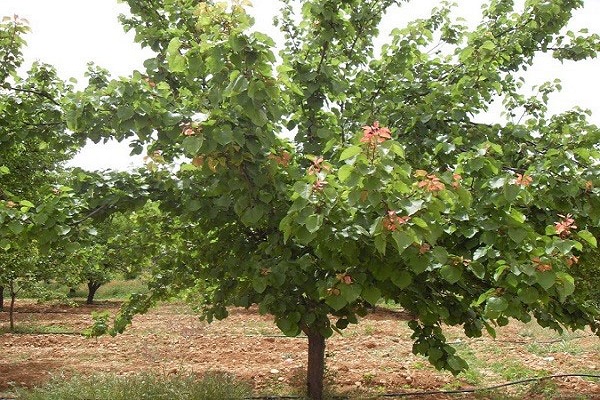
Pollination, flowering and ripening times
Kichiginsky begins to bloom in early May, this happens earlier than other fruit crops. But due to the early entry into the period of flower formation, there is a risk of bud death, because at this time there are spring frosts.
Apricot Kichiginsky is not capable of self-pollination. Apricot varieties Chelyabinsk Ranniy, Pikantny are perfect for him. One of the main features of Kichiginsky is that it serves as the best pollinator for all varieties of the Ural development.
By the beginning of August, the fruits can already be removed and eaten. When fruit is removed from trees, a hard skin is noted, which softens during storage.
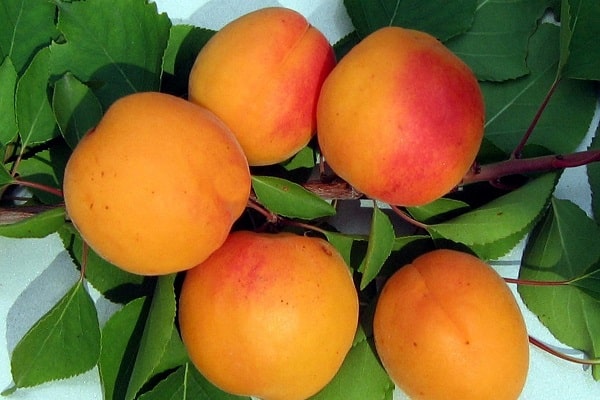
Productivity, fruiting
For the first time, the fruits are removed in the 5th year. Compliance with the growing conditions allows you to collect a maximum of 15 kg from one tree.
Disease and pest resistance
Kichiginsky has a high resistance to many infections. Nevertheless, we recommend preventive treatment of each tree. After all, the presence of high humidity and low temperature can provoke the development of fungi.
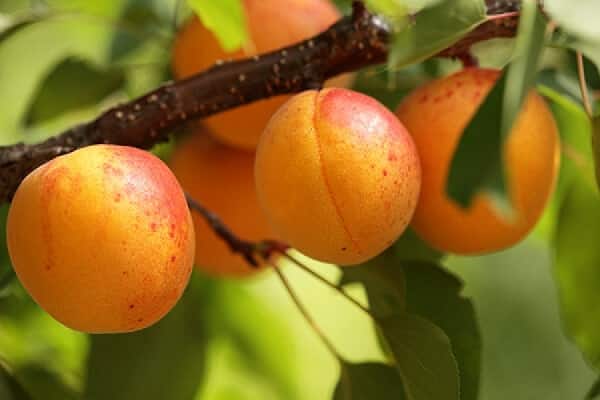
Landing features
Planting and caring for seedlings is generally easy. You just need to adhere to the rules of agricultural technology.
Landing dates
The culture is planted in the spring, at the very beginning. The landing hole is being prepared from the end of the last summer season. Autumn plantings are also allowed. In these cases, the holes are dug out in 2 weeks.

Choosing a landing site
It is best to plant apricots in an area where:
- there are no cold and gusty places (landings should be protected by a house or a high fence);
- flat surface of the earth;
- loamy soil prevails;
- good daylight available.
If you plant a tree in a low-lying place, then it will develop very slowly, and you may not wait for the harvest at all.
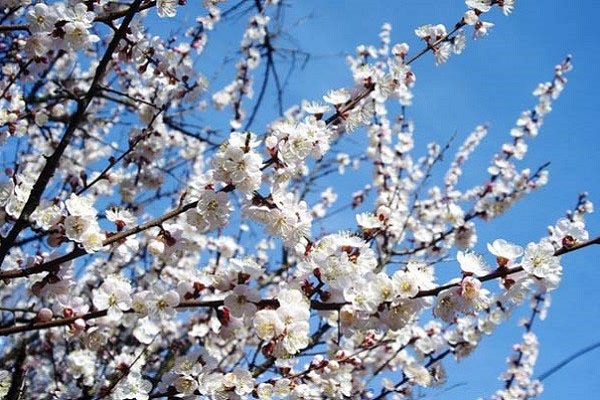
What can be planted next to
Kichiginsky apricots cannot grow well close to currants, raspberries, apple trees, pears, plums and hazels.
Experts recommend planting a group of different types of apricots. Perennial grasses related to shade-loving varieties develop well under them.
Selection and preparation of planting material
Trees 1 year old and powerful roots are suitable for planting. Each of them is carefully examined, and a copy is selected on which there is no decay or damage.
Before the planting procedure, a talker is prepared, mullein and clay are taken for cooking. The mixture is cooked until it forms a consistency like sour cream. The root of the seedling is lowered into it.

Planting stages
To successfully land, you need to do the following:
- A layer of drainage from small pebbles is poured onto the bottom of a previously prepared pit, after which it is left for 14 days.
- The following are added to the fertile soil: humus, superphosphate (500 g), wood ash (1 liter).
- The seedling is placed in a pit, the root is covered with earth.
- The soil is compacted, the planted apricot Kichiginsky is watered abundantly.

Care
For 4 years, trees are protected from freezing. To do this, they are wrapped in burlap, or a special frame is made, covered with a film.
When using organic fertilizers during planting, they can be reapplied only after 3 or 4 years. But a complex of mineral fertilizers is added every year.
Attention! Top dressing containing nitrogen accelerates the development of shoots and slows down their ripening, which leads to a decrease in the level of resistance of Kichiginsky apricots to cold weather and podoprevaniya. Such fertilizers are used until the middle of the summer season, and it is even better to use potash and phosphorus fertilizers together with them.
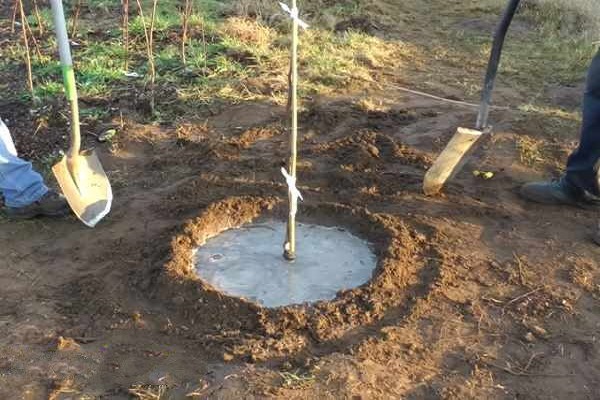
Diseases and pests, methods of control and prevention
The formation of brown spots on the fruit indicates damage to the fruit rot. Trees are processed by "Horus" or "Nitrafen".
Green marks on the leaves, as well as with a brown tint, gradually affecting shoots and fruits, are caused by scab. In such situations, treatment is carried out with agents that contain copper.

As a prophylaxis of these diseases, fallen leaves are removed in a timely manner, and fungicides are sprayed.
If the leaves curl up into a tube and cracks appear on the bark, this means that a leaf roller has started up on the tree. Chlorophos can save from her.
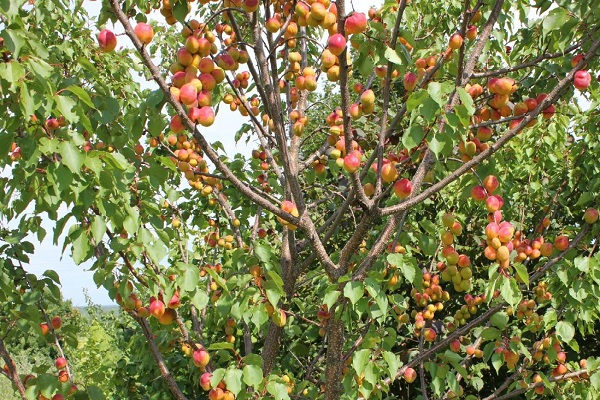
A sign of the invasion of weevils is the defeat of leaves, buds, flowers. Severe injuries lead to shedding of foliage. Spraying with "Decis" or "Kinmiks" will help to get rid of the pest.
Prevention against parasites is as follows: they dig up the ground of the trunk circle and treat the Kichiginsky apricot with insecticides in early spring and late autumn.
